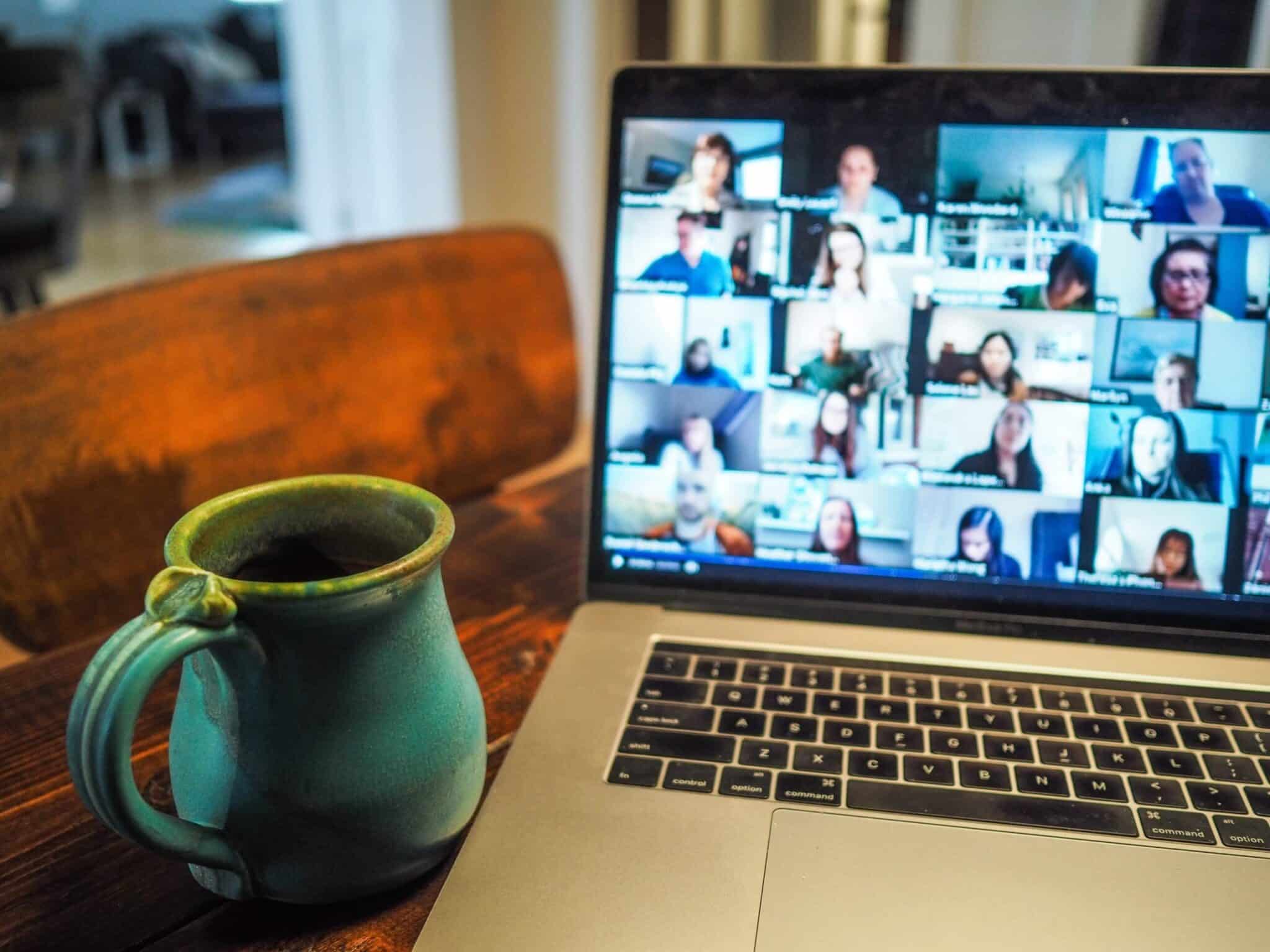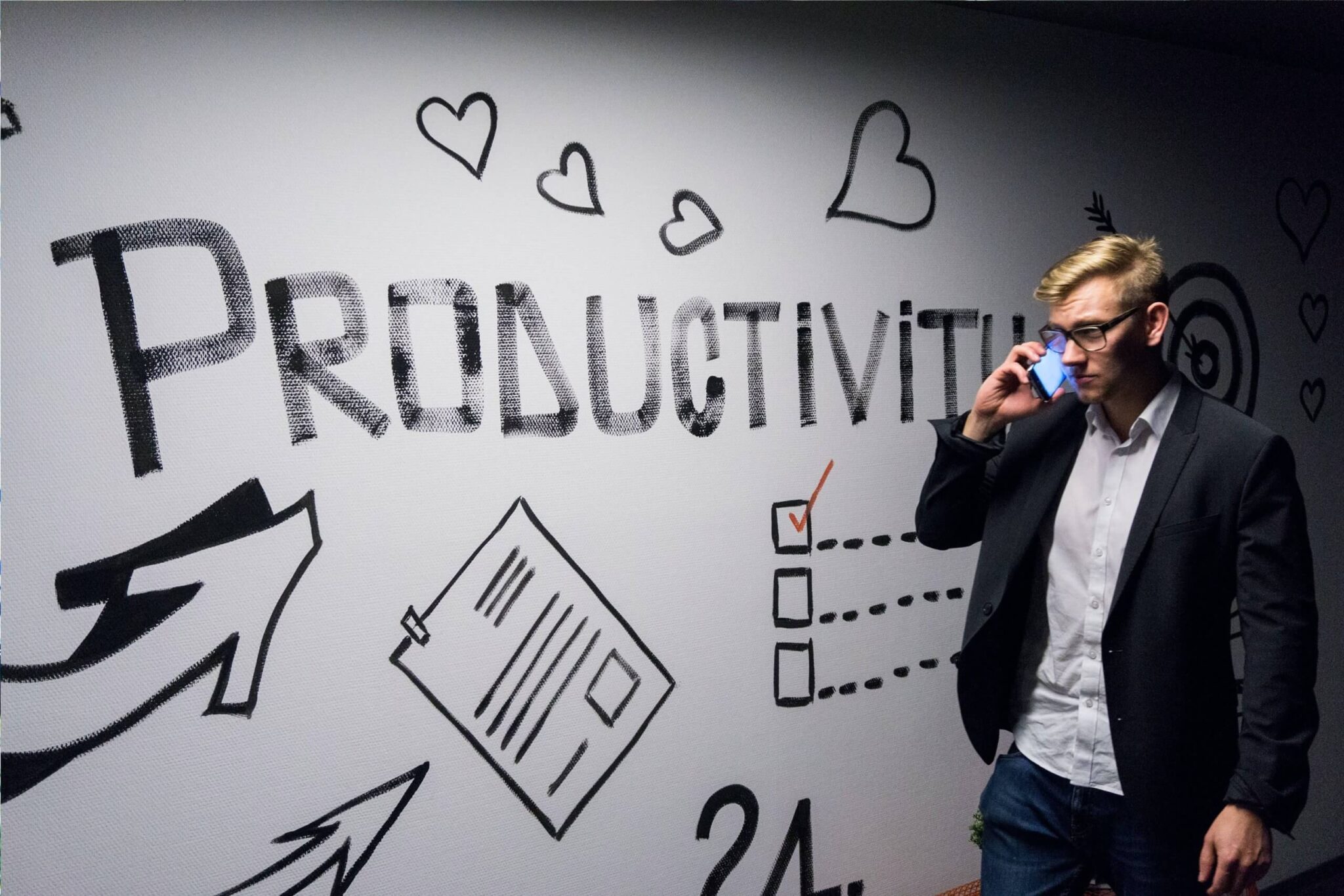How shared leadership is evolving through remote working

Cheryl Cran, keynote speaker and founder of NextMapping, works with leaders, teams, and entrepreneurs to anticipate trends, navigate change, and build successful workplace management strategies for the future.
Last time we spoke with Cheryl, she covered how shared leadership can future proof your company. Today, we continue the conversation on the changing business landscape, including the rise of remote working and the evolution of technology and shared leadership.
In terms of how COVID-19 is impacting the way we work, last time we spoke you said, “we’re going to see massive breakthroughs in how technology will leverage how we’re going to do business in the future.” Now that we are several months into working in a much more remote way, how do you see this happening?
As far as new technologies, I don’t think we’ve seen the full impact of actual technological innovation yet, but what we have noticed with our clients is the uptake of technology they’re already using.
For example, we have a client that’s leveraging Microsoft Teams in a way they never did while they were office-based. They’re maximizing the messaging, the file storage, the FAQs, the video sharing—we’re now seeing an increased willingness of people to use the tools the way they were meant to be used, whereas I think before, a lot of people were not using them.
Often, it was a case of employees being in close physical proximity to their co-workers and it seemed easier to walk down the hall to talk to someone. Now, with more people working remotely, people are using more features of the technology that they already had access to, but weren’t using fully.
What that’s doing is creating innovative solutions.
One of my clients is an IT leader. Because she’s dealing with a lot of remote employees, she’s having to tell them exactly what to do when she’s troubleshooting their issues. I asked her if she was using the full functionality of Microsoft Teams, and we addressed publishing “how to” videos. For example, two or three-minute videos that address things like what to do if your system freezes.
She implemented this “how to” video suggestion, and her time and productivity has increased by 50% because everyone is doing their own self-serve support for their own IT issues. And that’s just one example of an innovative breakthrough as people are becoming more using more of the technology that’s available to them now.
Right now, I’m seeing many companies come up with innovative ideas like this for how to get things done, in addition to teaching and training in new ways.

How is social etiquette changing in a time where integrated technology and virtual meetings are at an all-time high?
Well, let’s face it: there isn’t social etiquette. I think a lot of people are still struggling.
Businesses need to embrace change and let go of control.The more you’re willing to adapt and flex, the easier it will be to embrace new change. But social etiquette around these workplace changes come back to two main things: generations and facilitation.
A lot of people from more traditional generations are trying to overlay in-person etiquette over an online platform, but that doesn’t work—you need to embrace change that comes with technology and you’ve got to have different guidelines and rules. It’s totally different. The younger generations are very casual, and more likely to communicate with emojis and acronyms and slang. I think what we’re seeing now is a mash-up of these two worlds, and what we need from leadership is to be able to set the new rules: what are the new rules of engagement?
Whenever we do a Zoom call in my firm, we set our agendas in advance, including the technology. We need to ensure that people are “on mute” when everybody else is talking: we don’t want to hear your cat meowing, and we don’t want to hear your kid crying—that’s the basis for online meeting etiquette. But also, when we have group calls, I tell people that when they want to talk, to put up their hand.
A good facilitator will make sure everybody’s voice gets heard.
In many online meeting platforms, people keep talking over each other, there may be a lag based on wifi connection, and if there is a delay in the messaging, they need to wait a few seconds before speaking again. So the new etiquette should include things like using the chat function to bring up questions and becoming familiar with the technology.
A successful thing I’ve implemented is the creation of a buddy system, where I ask people to find somebody who’s got the technology knowledge to help and use private messaging to solve issues so as not to disrupt the entire group. It works really well with our clients. The last time we did it was on a call with 50 people—their entire team—I set up the buddy system and while three people struggled with the technology, the rest of us didn’t know about it because their buddies were helping them.
It’s been very successful because then you’re not just relying on one IT person who becomes completely overwhelmed. You’re now holding each other accountable to make sure you’re ready to go.

How has employee performance been affected by the increase in working from home?
COVID-19 remote workers are either performing really well or they’re struggling. And so the leaders are now figuring out, “how do I deal with this?” Some of the questions we’re getting is, “how do I know I’m hiring the right person now, if I’m not leading them in person? How do I have a discipline-related conversation with an employee if they’re not performing at their normal levels, but they have all sorts of distractions going on at home?” This is what’s happening right now; these are the actual questions we’re seeing.
The people who were already partially working from home were the ones that adapted quickly. I’m an example of that. My world didn’t change dramatically. For people like me, we’re feeling that now everybody else is like us! They’re working from home, while we’ve been doing this already.
Support for someone who’s already been working remotely is different from support for someone whose whole world has been turned upside down. They’ve gone from an office to their home, their kids are now being homeschooled, there can be more unintended interruptions, they may not have an effective home office, and this has been very stressful for a lot of people.

How do you see companies supporting their employees, whether they’re continuing to work from home or transition back to the office?
Some of the coaching advice I’ve given some of my leaders and employees is: I realize it’s business and I realize business is about money, but again, if we take the “people first” approach to heart, then we’ve really got to amp up our empathy factor.
For example, I have a contract employee who also does multiple other things and has a variety of distractions. I notice that sometimes she’s not as effective, but it’s usually linked to when she needs to deal with her kids or other projects. I could, in the past, get really frustrated thinking, “why hasn’t she responded to this request?” Now, I ask myself, “what could be going on? What are some of the distractions she might be dealing with?” Then, I have an open dialogue with her: “You know, I’m feeling a little frustrated right now, because we’re out of sight, out of mind, I’m not seeing what you’re getting done, I’ve made requests to you for things…”, and as soon as I bring it to her attention, boom— we’re good.
It’s not about micromanaging; it’s what I would call a “consistent empathy check-in”. Which is a very different skill for leaders, because they’re used to delegating and leaving somebody alone.
With remote working, we can check in on someone, but we also might be able to give them ideas on how to solve other issues: like brainstorming about what to do with the kids.
I have a client who brainstormed with one of her workers because both her employee and her employee’s husband were working from home with three kids under the age of ten, and it was difficult. The three of us together had a brainstorming session, and I helped coach them through it. We came up with a negotiation with her husband: she gets from nine to noon of focused time on Tuesday, Wednesday, and Thursday, and then she’ll swap with him and have the kids from noon to three, so they’re doing this rotating schedule. It’s like shift work in the home.
Employers are used to measuring time worked: if you work eight hours, you’re worth your money. But that’s changing; now it’s more about, “I gave my employee a week’s worth of work and they got it done by Friday”. As your boss, I don’t care how you got it done, but you got it done by Friday. I think that’s the transition that we’re seeing in how people are working remotely.
When we say “supporting’, I really think traditional leaders need to really wrap their head around the fact that it’s not like it used to be where somebody sits beside you, and you can see them sitting at their desk. Which by the way, was an illusion of work anyway. I just laugh as I coach people when they say, “I used to see her come in at eight and grab a coffee and she’d work to five”, and I’m like, “yeah, but really? Did she? Really?” You don’t really know.
The other thing though, is that technology is now tracking everything. It’s possible to track inputs, sales calls, and more. I have another client that uses software that records everything. So they know how long people were on the phone, they know the results, and they can see the metrics.
But there is more opportunity for leaders to be coached right now around adaptability, flexibility, and brainstorming creative ideas with their workers, versus judging the way their employees get their work done. My attitude is “people first”. Let’s coach them, let’s brainstorm ideas—it’s the leader’s responsibility to support that worker to the highest level.

Last time we spoke, you pointed to “people and the social change” as a disruptor that will force change in business, and talked about shared leadership. How do you see this evolving as COVID-19 forces a new paradigm of how we work?
I think it’s amplified, not just for COVID, but for other social changes like Black Lives Matter, gender parity—what we’re seeing across the spectrum is an uprising against power systems.
From my perspective, we’re shifting from a patriarchal system to a more integrated system, which means it has to work for everybody. It can’t be just a select few—there has to be an equality that is established.
And we’re seeing that everywhere, we’re seeing it in both business and government. We’ve got to increase diversity. And that doesn’t mean just giving it lip service, that means giving the voice and platform, too. When we look at the progress in the last few months, we can partially attribute it to the technology that provides an equalizer and demonstrates that everybody has a voice. Many of us don’t realize that we are very privileged, but social media platforms and technologies can amplify people with great insights that may not have been heard before.
As for social disruption, we’re going to continue to see this. I think this is going to be a rough year. The US has an election and whatever happens, we are going to see more disruption from the results. People are either going to be really polarized around things staying the same or they’re going to be really polarized if things change with new leadership.
From a business standpoint, we as leaders and as businesses need to be focused on people first. We need to be instituting policies around diversity and not just having policies, putting our money where our mouth is. Remote work helps set up systems that support this kind of equality, because it’s less about what you look like and more about how you work in a team environment.
When leadership reduces focus on micromanagement and more power comes from the team, how can we contribute as leaders to move things forward? It’s about moving from “me” to “we”, and that is the reality right now. That’s the shared leadership conundrum that we’re in right now. Before, it was a concept, and now we’re in the implementation phase.
I talk about shared leadership: I have my own firm, but have I been modeling the shared leadership of which I speak? Somewhat. But now I’m really having to embody it and practice it, because not only is it what I talk about, but it’s not working anymore for me to be the lone wolf leader—it just doesn’t work.
Organizations are seeing this, in the past you had one hero, and the hero saved the day. The leader. “I have all the answers, follow me!”. Those days are gone! You need a team of people that have each other’s back; that’s going to be the success of business in the future: solid teams. The magic team size is six people. And so I see the future of shared leadership in having really cohesive teams of six. Those can be project based, but they can also be business based.
On the other side of what we’re going through right now, I see shared leadership as much more formalized and much more embraced.
Photos: Cheryl Cran, cottonbro, Pexels, Chris Montgomery, Andreas Klassen, Brooke Lark



